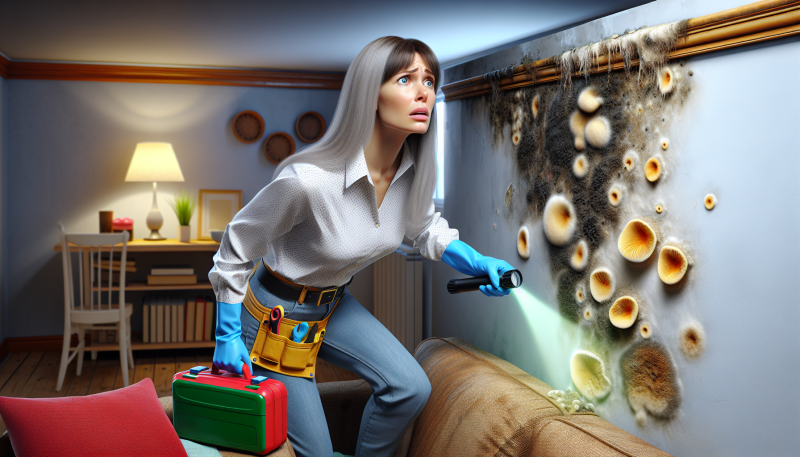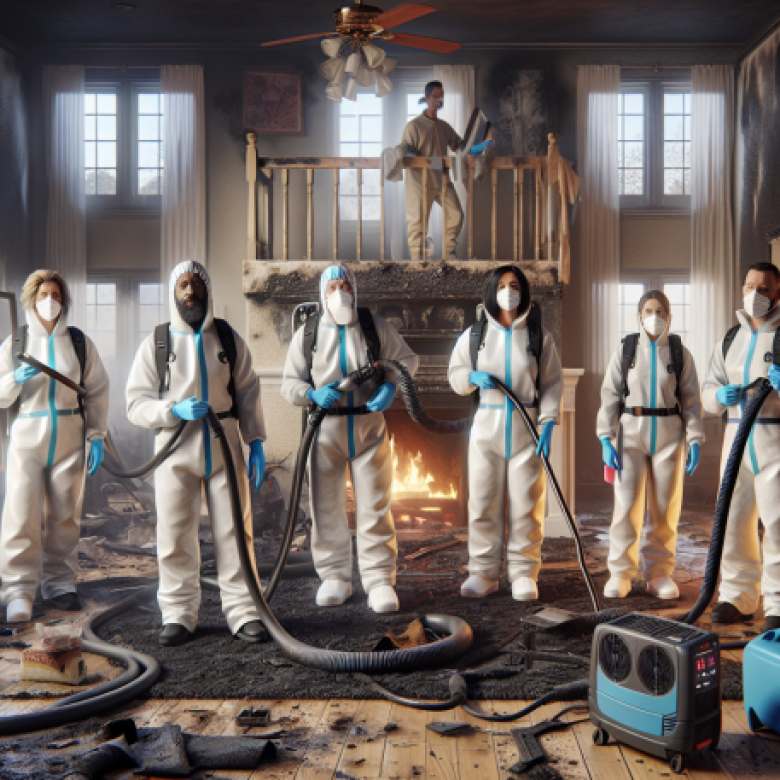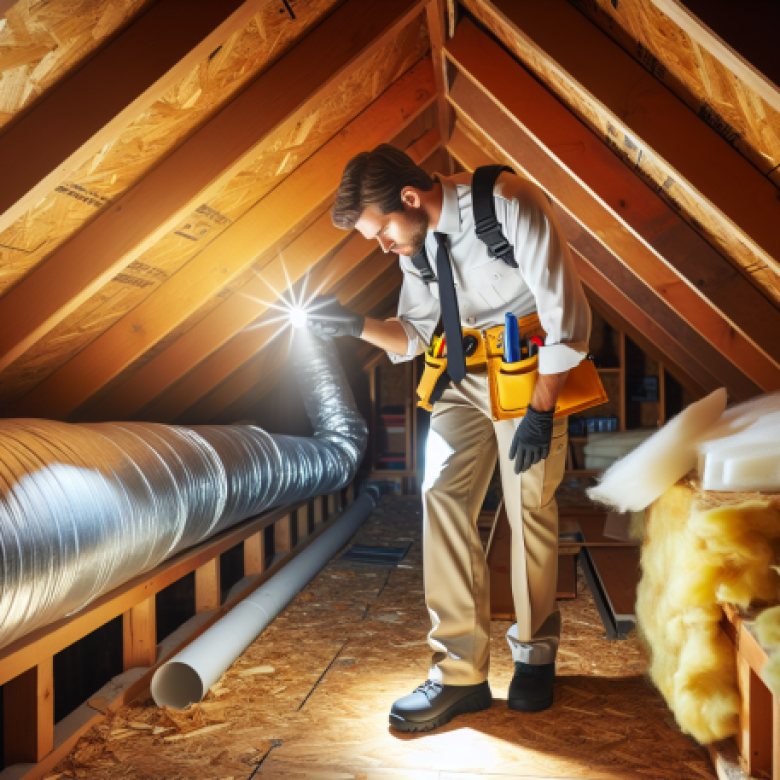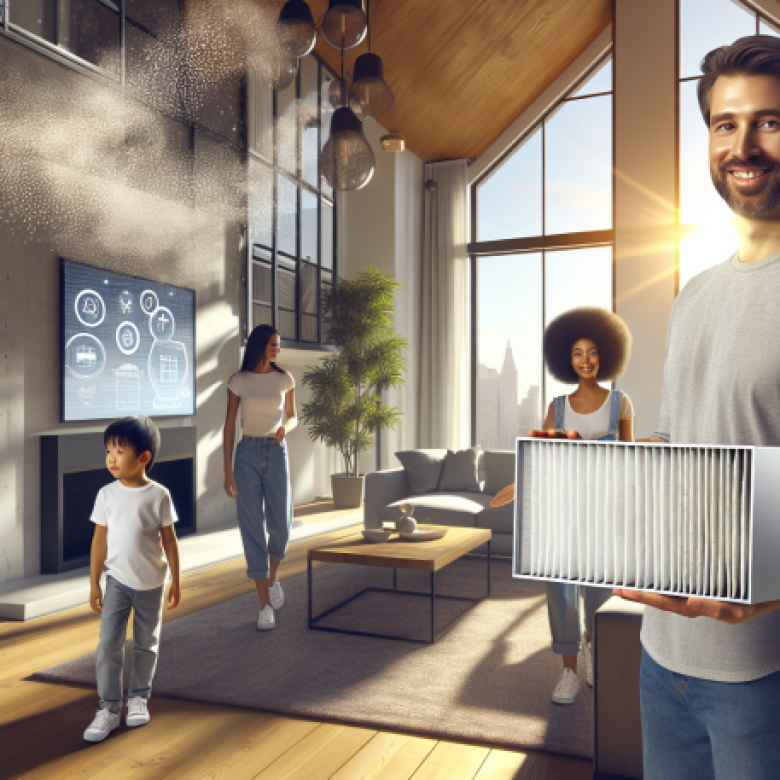Finding mold in your home can be a shocking and distressing experience. It’s not just an eyesore; it can also pose serious health risks and structural issues if left untreated. But don’t panic! In this guide, we’ll walk you through the steps to take when you discover mold, ensuring you handle the situation effectively and safely. Whether you’re dealing with a small patch or a larger infestation, understanding the right approach is crucial. So, let’s dive in!
Understanding Mold: What Is It and Why Is It a Problem?
Mold is a type of fungus that thrives in damp, warm environments. It can appear in various colors, including black, green, and white, and often has a musty smell. Mold spores are everywhere in the environment, but they become a problem when they find a suitable place to grow, such as in your home. This can happen due to water damage, high humidity, or poor ventilation.
Why should you care about mold? Well, mold can lead to a host of health issues, especially for those with allergies, asthma, or weakened immune systems. Symptoms can range from sneezing and coughing to more severe respiratory problems. Additionally, mold can damage your home’s structure, leading to costly repairs. If you suspect mold, it’s essential to act quickly.
At Projekt Restoration, we specialize in mold assessment and remediation. Our team can help identify the source of the problem and provide effective solutions. Remember, ignoring mold can lead to more significant issues down the line, so it’s best to address it sooner rather than later.
Step 1: Identify the Source of Moisture
The first step in dealing with mold is to identify and eliminate the source of moisture. Mold needs water to grow, so without it, you can prevent further growth. Check for leaks in your plumbing, roof, or windows. If you’ve experienced recent water damage, such as flooding or a burst pipe, this could also be the culprit.
Once you’ve identified the source, take immediate action to fix it. This might involve calling a plumber for leaks or a contractor for roof repairs. If the moisture is due to high humidity, consider using a dehumidifier to reduce the moisture levels in your home. Maintaining indoor humidity levels below 60% can significantly reduce mold growth.
For those who have experienced extensive water damage, it’s crucial to seek professional help. Water damage restoration experts can assess the situation and provide necessary repairs and drying services to prevent mold from taking hold.
Step 2: Assess the Extent of the Mold Growth
Once you’ve addressed the moisture issue, it’s time to assess the extent of the mold growth. This can be done visually, but sometimes mold hides in places that are not immediately visible, such as behind walls or under carpets. If you see mold on surfaces, it’s essential to determine how deep the infestation goes.
For small areas (less than 10 square feet), you might be able to handle the cleanup yourself. However, if the mold covers a larger area or if you suspect it has infiltrated your walls or insulation, it’s best to call in professionals. Mold assessment services can provide a thorough inspection and help you understand the severity of the situation.
During the assessment, professionals will look for signs of mold growth, moisture levels, and potential health risks. They may use tools like infrared thermal imaging to detect hidden moisture. Understanding the extent of the mold will guide your next steps in remediation.
Step 3: Prepare for Mold Removal
Before you start the mold removal process, it’s essential to prepare adequately. This means gathering the right supplies and ensuring your safety. Here’s a quick checklist of what you’ll need:
- Protective gear: gloves, goggles, and a mask to avoid inhaling spores.
- Plastic sheeting to contain the area and prevent spores from spreading.
- Cleaning supplies: soap, water, and a mold-killing solution (like vinegar or bleach).
- Trash bags for disposing of contaminated materials.
Make sure to ventilate the area by opening windows and doors. This will help reduce the concentration of mold spores in the air. If you’re dealing with a large infestation, consider using an air purifier with a HEPA filter to capture airborne spores.
Remember, safety first! If at any point you feel overwhelmed or unsure, don’t hesitate to contact Projekt Restoration for professional help. Our team offers 24/7 emergency services and can assist with biohazard cleanup if necessary.
Step 4: Remove the Mold
Now that you’re prepared, it’s time to tackle the mold. For small areas, you can usually clean it yourself. Start by dampening the moldy surface with water to prevent spores from becoming airborne. Then, scrub the area with a mixture of soap and water or a commercial mold remover. Rinse the area thoroughly and dry it completely.
For porous materials like drywall or carpet that are heavily infested, it’s often best to remove and dispose of them. Mold can penetrate these materials, making it difficult to eliminate completely. Seal contaminated materials in plastic bags before disposing of them to prevent spreading spores.
If you’re dealing with a larger area or if the mold is in hard-to-reach places, it’s advisable to hire professionals. They have the expertise and equipment to handle mold removal safely and effectively. Reconstruction services may also be necessary if structural damage has occurred.
Step 5: Prevent Future Mold Growth
After you’ve successfully removed the mold, the next step is prevention. Here are some tips to keep mold from returning:
- Maintain low humidity levels in your home. Use dehumidifiers in damp areas like basements.
- Ensure proper ventilation in your home, especially in bathrooms and kitchens.
- Regularly check for leaks and address them immediately.
- Clean and dry any water-damaged areas within 24-48 hours.
- Consider using mold-resistant products in areas prone to moisture.
By taking these proactive measures, you can significantly reduce the chances of mold returning to your home. If you ever find yourself in need of commercial property restoration or residential property restoration services, remember that Projekt Restoration is here to help with low pricing and insurance claims assistance.
Conclusion
Discovering mold in your home can be daunting, but with the right steps, you can effectively manage the situation. From identifying the source of moisture to removing the mold and preventing future growth, taking action is key. Remember, if the task feels overwhelming, don’t hesitate to reach out to professionals like Projekt Restoration. We’re your go-to experts for water, fire, and mold restoration, offering comprehensive services to ensure your home is safe and healthy.
FAQs
What are the health risks associated with mold exposure?
Mold exposure can lead to various health issues, including respiratory problems, allergic reactions, and in some cases, more severe conditions. Individuals with asthma or weakened immune systems are particularly at risk.
How can I tell if I have mold in my home?
Signs of mold include visible growth on surfaces, a musty odor, and increased allergy symptoms. If you suspect mold but can’t see it, consider hiring a professional for a thorough mold assessment.
Can I remove mold myself?
For small areas of mold, you can often handle the cleanup yourself using proper safety gear and cleaning solutions. However, for larger infestations or if you feel uncomfortable, it’s best to hire professionals.
How can I prevent mold from returning?
To prevent mold, maintain low humidity levels, ensure proper ventilation, and promptly address any leaks or water damage. Regularly inspect areas prone to moisture, such as bathrooms and basements.
What services does Projekt Restoration offer?
Projekt Restoration offers a range of services, including water damage restoration, fire damage restoration, mold assessment and remediation, and biohazard cleanup. We also provide insurance claims assistance and 24/7 emergency services.





